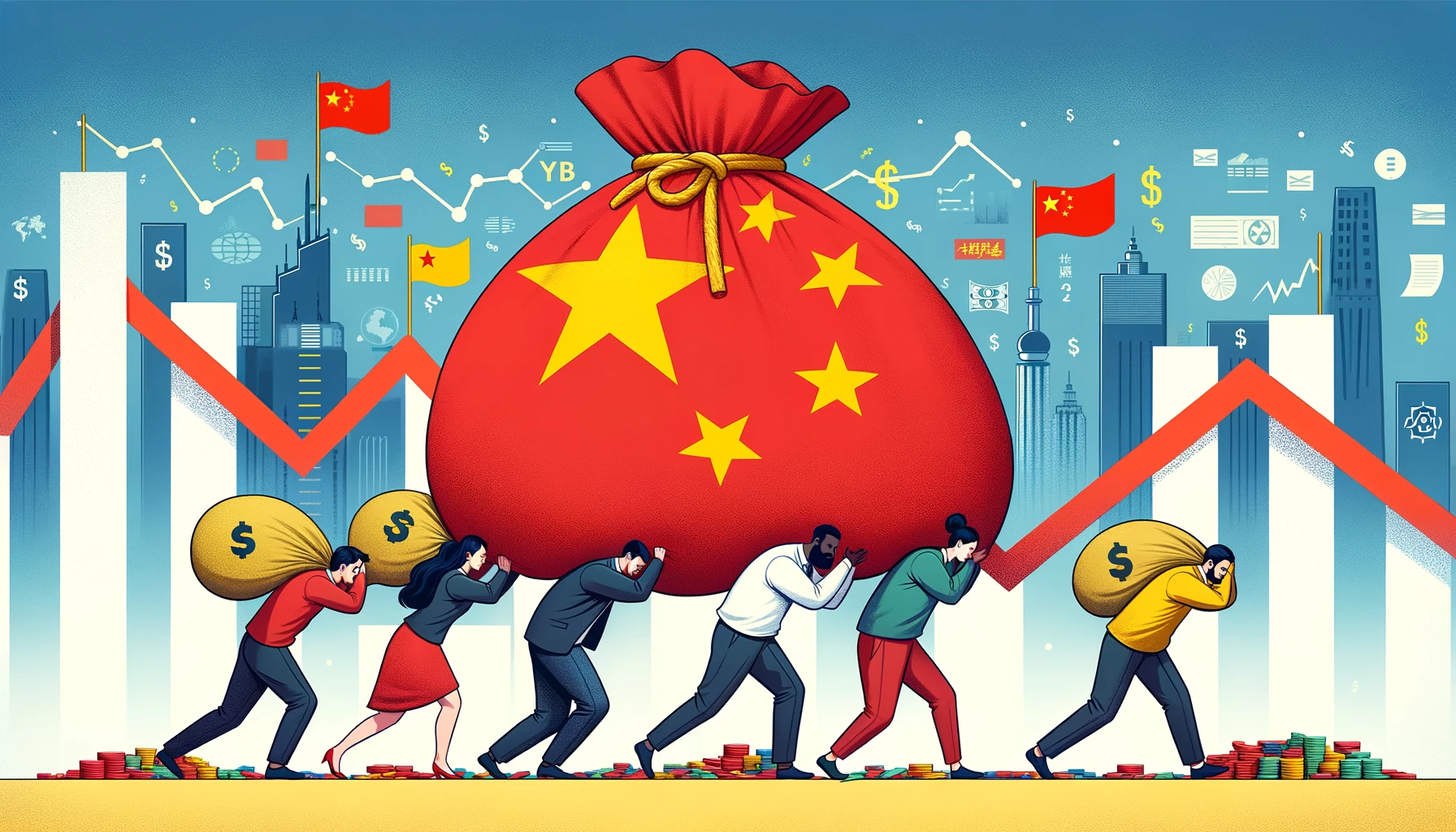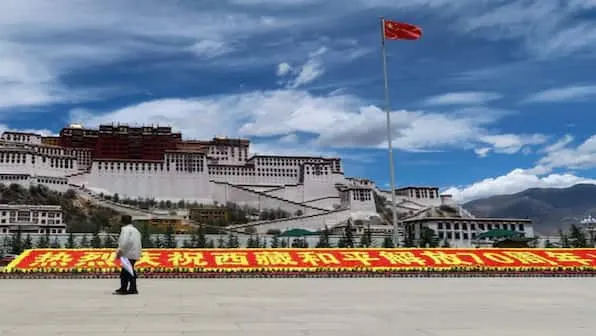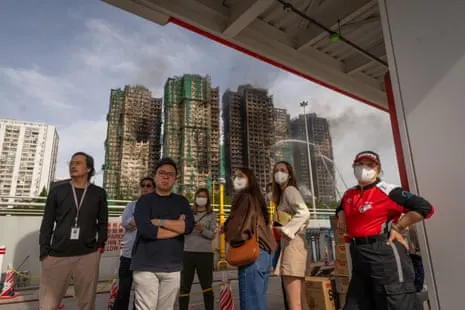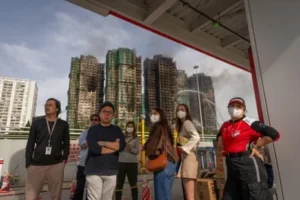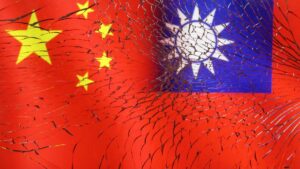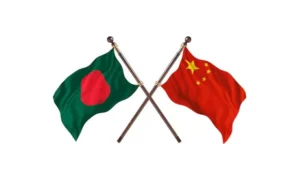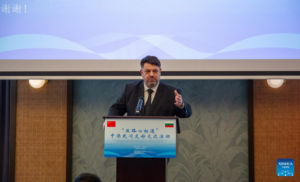China in Asia: Presence of a loan shark among the developing world
Chinese investments disguised under the veil of lender of last resort has proved to be detrimental for the whole of Asia if not specific sub-regions within the continent. Irrespective of their geographies, countries in Asia have been entangled within coercive Chinese economic strategies. These countries were also among the first to jump upon the Chinese economic wagon. In fact, China’s multi-billion-dollar flagship project, the Belt and Road Initiative (BRI) was first launched in Asia in its initial phases. However, China’s tactics of lending excessive loans however are not just privy to a specific region in the continent; sub regions including the South, Southeast and Central Asia, all have fallen prey to enticing Chinese finances.
Beijing’s loans tactics has incorporated a range of strategies within Asian countries including high interest rates and stringent terms that inculcate extreme conditions in lieu of defaults. This has not only burdened borrowers with unsustainable levels of debt but has also led to severe economic consequences. Unlike traditional lenders such as multilateral development banks (MDBs), which typically offer concessional financing with low interest rates and flexible repayment terms, China’s loans are often commercially inclines, that carry higher interest rates and shorter repayment periods.
China’s strategies of economic coercion
Aspects such as the Currency Swap agreements which are bilateral agreements between two countries that facilitate the exchange of one currency for another at an already decided exchange rate, is proving to be a significant part of Chinese economic coercive strategy among developing countries in Asia. Above and over such attempts, by engaging in currency swap deals Beijing has also deepened its economic ties with developing countries to extend its political influence in domestic policy-oriented decision making. These agreements, which often require close coordination and cooperation between central banks, has led to increased communication and alignment of economic policies that otherwise would not have been enacted in lieu of no currency swap arrangements. Major concerns have also been raised upon the fact that China has attached a set of stringent conditionalities to currency swap deals that benefit its own interests and promote its preferred policies. These conditions have been understood to range from economic reforms to political alignment and support for China’s positions on complex issues. This has not only undermined the sovereignty and independence of the recipient country, but has also led to widespread concerns about long-term economic and political repercussions for the international market as a whole.
South Asia as China’s testing ground
South Asia countries like Sri Lanka and Pakistan have been struggling with its economic instability due to excessive debt burden induced by Chinese finances too. Sri Lanka up until 2020 had borrowed up to 4.6 billion dollars, over and above a loan of $500 million in both 2020 and 2021 each in order to ease off the strain on the island’s foreign reserves. The two countries also signed a currency swap deal of $1.5 billion in 2021. Yet, as the president of Sri Lanka himself claimed, Beijing had responded negatively for a 1.5 billion dollars credit line that it had agreed over a year ago. The government’s call of seeking a $1 billion dollar loan to buy essential items for the country too was ignored in times of economic difficulties for the island nation.
For Pakistan, one of China’s closest allies in the region and also home to its largest investment in the form of the China-Pakistan-Economic-Corridor (CPEC), its cordial bilateral relationship with China has gone on to cost it its economic freedom which now seems to be dictated from Beijing. However China’s reliability as a partner had been put to question when media reports suggested that China had refused to assist Islamabad in its request to renegotiate power purchase agreements, further destressing Pakistan’s already struggling economy significantly.
The IMF on the other hand has asked both Sri Lanka and Pakistan to renegotiate its deals on energy and infrastructure plans with China in the wake of these nations seeking urgent financial assistance from international institutes. Moreover, Beijing is yet to live up to its pledge of re-issuing loans to Pakistan amounting up to $4 billion and is yet to respond to Sri Lanka’s plea for a USD 2.5 billion credit support.
The examples of China’s coercive practices sing a similar tune in Southeast Asia, where it has attempted to leverage its economic might for strategic purposes; Philippines perhaps is among the more prominent countries that has successfully waded of such intrusive attempts by Beijing. These continuous trends of debt trap diplomacy have indeed brought forward the malicious details of Chinese intentions. China’s loans to developing countries at commercial rates higher than the market rate with the promise of easy access to finances has a far deeper consequence for the recipient nation concerned. China’s assertive approach to debt collection and enforcement has raised concerns about its willingness to engage in coercive tactics to protect its financial interests. In cases where borrowing countries are unable to repay their debts, China has been known to demand concessions or assets as collateral, raising questions about the implications for sovereignty and national security.
Thus, it goes without saying Beijing’s attempts to sabotage volatile economies must be dealt with in every measure. Asian countries especially should counter Beijing’s inroads in order to prevent a complete breakdown of economic systems that the global order has so far relied upon.
